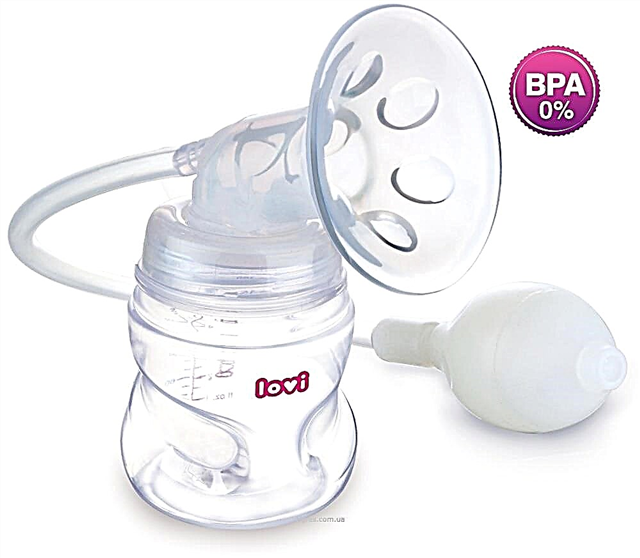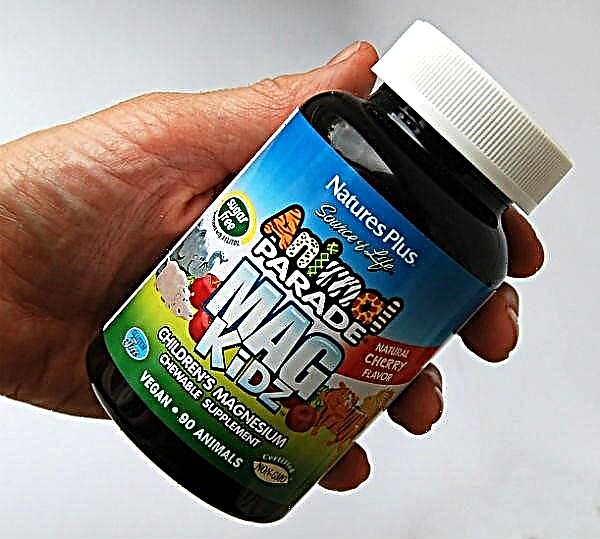
The child has Staphylococcus aureus in the tests. A microbe with this beautiful name can be extremely dangerous - all parents know about it. But what is the main danger, and how to avoid it, most moms and dads do not know. The well-known pediatrician Yevgeny Komarovsky knows exactly what this "terrible beast" is and what confused parents should do with it.
What it is?
Staphylococcus aureus is one of the most dangerous representatives of the family of staphylococcal microbes. It got its name from its color - under a microscope, the bacterium looks like an orange-golden oval grain. It belongs to the category of opportunistic microbes that can cause severe damage under certain conditions. It is quite resistant to antibiotics; it can exist for a long time even in an aggressive environment.
Scientists tried to dry it under the scorching rays of the sun - the microbe remained alive for 12 hours. And when they tried to boil it in an oily substance, it withstood a temperature of 150 degrees for almost 10 minutes.

Staphylococcus aureus - the only one in its family in the process of life, releases a particularly dangerous substance (enzyme) - coagulase, which disrupts the blood composition. The microbe penetrates into microthrombi, which are not affected by the effect of immunity. This can cause life-threatening sepsis. When it enters the bloodstream into different organs, the golden bacteria causes severe damage.
If the microbe gets into the lungs, there will be staphylococcal pneumonia, a form of the disease that is difficult to treat. If the bacteria "settled" in the heart, valves are affected and cardiac activity is impaired. The bacterium in systemic infection can be found in the liver, kidneys, brain, and any other internal organ. Its most "harmless" existence is vital activity on the surface of the skin, in this case it causes the appearance of abscesses, boils. By the way, this microbe is the only one who is able to survive in a salty environment, which is human sweat. Therefore, if sweat glands are affected, purulent acne or boils appear, then there is no doubt that Staphylococcus aureus is to blame.
Often with skin lesions of the integument of infants by the bacteria, parents do not attach much importance to the rash, confusing the infection with diaper dermatitis, with severe diaper rash and even with diathesis.
Staphylococcal lesion differs from all these "children's" troubles in the presence of pus and increased body temperature.


The toxins that Staphylococcus aureus secretes during reproduction are in themselves quite dangerous, especially for newborns, which is why an analysis is made in the hospital for the presence of this bacteria in a child.
Every inhabitant of the planet encounters this microbe every day. The most frequent "date" with her occurs when food poisoning, after all, a pathogenic microorganism feels great in butter cream, in meat and vegetable salad, especially flavored with mayonnaise, in canned foods. Symptoms of poisoning (vomiting, diarrhea) are caused not by the microbe itself, but again by the toxins that it begins to release when it enters the body with infected food.

The World Health Organization has calculated that of all cases of infection with staphylococci, about a third falls on the share of Staphylococcus aureus. It is this pathogen that is often able to survive in a hospital (with constant treatment with antiseptics), such a "modified" pathogen is the most dangerous because it causes the so-called hospital or hospital infections.
All the "horrors" that Staphylococcus aureus can create fade somewhat before normal, healthy immunity, the microbe cannot provide anything from its arsenal against it, and therefore the body of a healthy person finds its antidote for each toxin, but it takes time.

Symptoms
By itself, staphylococcus does not manifest itself in any way until, under the influence of certain circumstances (reduced immunity, concomitant infections), it begins to actively develop and multiply. This will be the beginning of a staphylococcal infection, which is quite easy to recognize by the obligatory presence of pus, high temperature, and an acute inflammatory process.... Symptoms directly depend on the type of lesion - where staphylococcus got, what it struck, what is the severity of the lesion:
- On the skin. With such a dislocation of the microbe, the child will have pustules, boils, "barley" and other purulent formations.
- In the intestines. Fever, vomiting, diarrhea, general intoxication of the body will appear.
- In blood. High temperature, fever, general serious condition, change in blood count, purulent inflammation of the lymph nodes.
- In the internal organs. With purulent inflammation of certain organs, there will be different symptoms, depending on the specific organ. With all types of lesions - high fever and severe pain syndrome.
Norms and pathology
The absolute absence of this microbe in the bacterial culture is considered the norm. However, such a pure analysis is very rare, in practice it is very rare, remaining just a theoretical probability.
Since staphylococci are present almost everywhere, they constantly surround the child, a certain amount of microbes may be found in the analyzes, which does not pose a danger to his health and life.
So, if, when analyzing a smear in the throat of a baby older than a year, 10 to 4 degrees of Staphylococcus aureus was found, this is a variant of the norm, but if the same amount is detected in a smear of an infant, this will be considered a threatening pathology. It is also important to monitor the growth of colonies of Staphylococcus aureus - for this, bacterial culture, blood and feces are repeated several times to see how quickly bacteria multiply, how quickly the infection that has begun is gaining momentum.

Treatment according to Komarovsky
The detection of staphylococcus in the child's tests is not yet a reason for treatment if there are no pronounced symptoms of infection.
The question of the appointment of treatment arises when such symptoms exist, and we are talking not just about Staphylococcus aureus in the feces or throat swab, but about staphylococcal infection.
For all the aggressiveness of golden staphylococcus, it has a weak point, which doctors use. The bacterium, which is difficult to kill with antibiotics and antiseptics, can be easily neutralized with the help of the most common brilliant green, which is in every home medicine cabinet. Doctors have not yet found an answer to the question of why this is happening, but this is truly the case.
If a staphylococcal infection is detected in a child who was at home, then the prognosis is more favorable than if the child contracted the golden pathogen in the hospital where he was being treated. If the infection is severe, the child is hospitalized. An infant with such a diagnosis will be admitted to the hospital with a 100% probability.

Home treatment is possible only for children after 3 years of age, provided that their condition is not serious and does not pose a danger to life.
Most often, the standard treatment regimen includes:
- Staphylococcal bacteriophage. It is prescribed even to infants.
- Antibiotics. Prescribed at the discretion of the attending physician, most often antibiotics are used - nitrofurans. The treatment is long - about 14 days.
- In case of intestinal manifestations (vomiting and diarrhea), oral rehydration agents are prescribed, designed to restore the balance of mineral salts and fluid in the body, and timely prevent the state of dehydration.
- Adsorbents. If a child has a staphylococcal infection with diarrhea, the doctor may prescribe such medications ("Smecta", "Enterosgel") to reduce the harmful effects of toxins produced by Staphylococcus aureus.
- The infection caused by this pathogen is not treated with folk remedies. Dr. Komarovsky warns that self-medication with “grandmother's” recipes can significantly complicate the child's condition, since it takes time for qualified medical treatment of the disease.
Tips
If Staphylococcus aureus is found in a nursing mother's milk, this is not a reason to refuse breastfeeding. Komarovsky explains that it is quite difficult to take the mother's milk for analysis, while ensuring its complete sterility. Staphylococcus aureus, which is found on the skin in 80% of the population, is highly likely to enter expressed milk. It will be presented in small quantities and its detection does not mean at all that the child will be seriously infected and get sick with staphylococcal infection.
Prevention is hardly a matter of washing hands and other parts of the body, Komarovsky said. Hygiene is certainly very important though. However, there is no guarantee that new germs from the environment will not get onto freshly washed hands. The ways of transmission of the microbe are varied - from airborne droplets to household and food... Therefore, the main principles for the prevention of staphylococcal infection should be as follows: strengthening the child's immunity, so that no staphylococcus is afraid of him, tempering, an active lifestyle, a balanced, healthy diet.
How to treat Staphylococcus aureus, see the program of Dr. Komarovsky.



